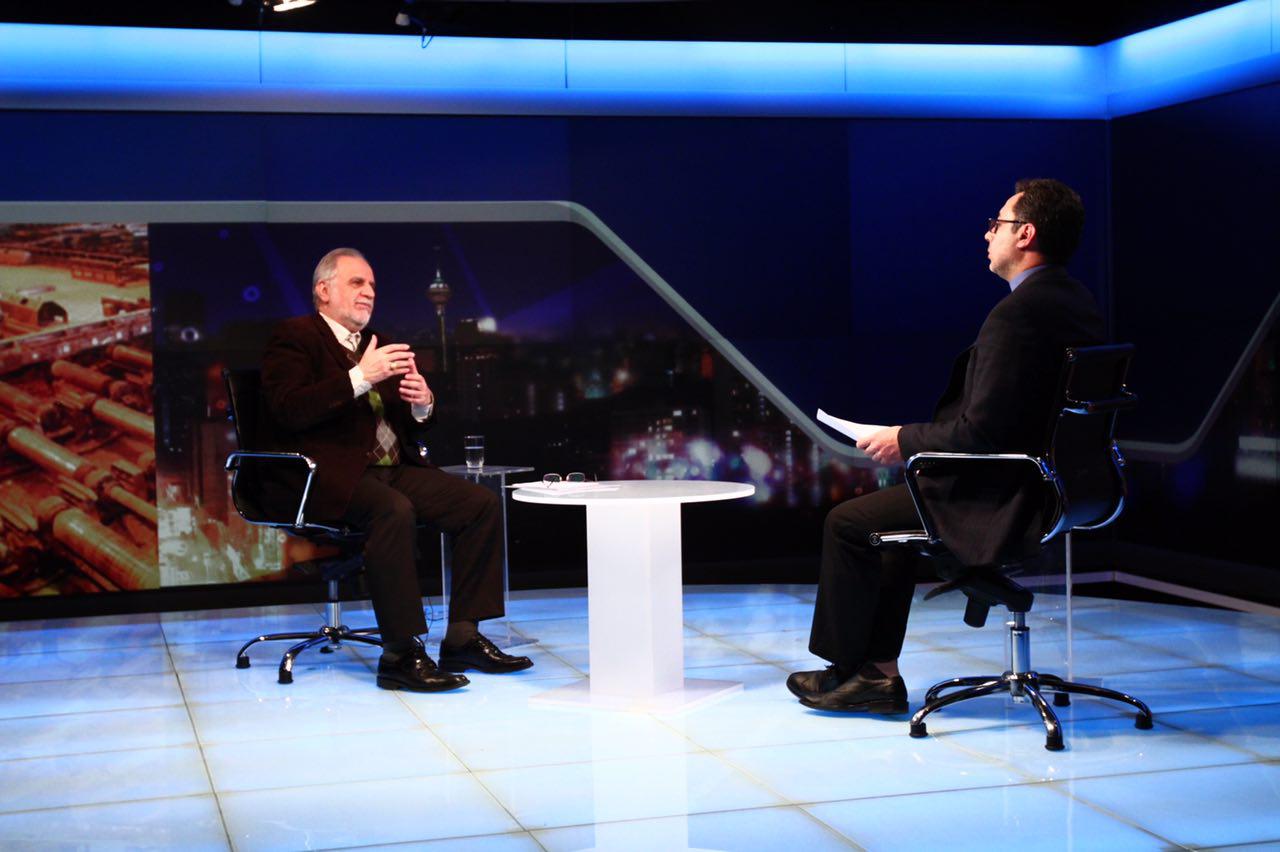
Steel Exports Set for Expansion

Mehdi Karbasian added that an agreement has been reached on increasing the import tariff on steel products by another 15%.
Emphasizing that China’s steel dumping strategies show no sign of waning and that Russia’s weakening ruble is bringing the northern neighbor to follow the same path, Karbasian said the tariffs might increase even further in the coming months.
Meanwhile, Hormozgan Steel Company says it has produced a record high of 112,763 tons of steel slabs during the month ending December 22, indicating a sizable growth compared to the company’s previous record high of 110,695 tons achieved in March-April 2014, according to Amir Masoud Haratian, the company’s CEO.
The company’s sprinting production comes amid an unprecedented recession in domestic steel demand due to the slowdown in the domestic construction sector and China’s low-quality, cheap steel products flooding the market.
Hormozgan Steel Company exported only 95,000 tons during the nine-month period of the current Iranian year, accounting for 16.2% of its total sales for the corresponding period.
Experts have long emphasized that the steel industry must set its eyes on overseas markets and move away from the faltering domestic market these days.
This is while the global steel industry is suffering from a glut due to a steep decline in demand from China–the world’s biggest producer–which is exporting its surplus.
Global Front
The world’s second largest steel producer is also facing a hard time. Japan’s steel inventories, excluding specialty alloy, increased 1.3% to 6.67 million tons as of the end of November, compared with a month earlier, the Japan Iron and Steel Federation said on Monday on its website.
Japan’s Trade Ministry said last week that steel stockpiles remain at high levels despite output cuts by domestic steel suppliers, as demand falls more than anticipated.
“Ordinary steel inventories increased in November rather than decreased,” Kazuhiro Harada, a senior analyst at SMBC Nikko Securities Inc., said on Tuesday. “That’s negative for the market,” he added.
Furthermore, Japan’s Trade Ministry has forecast Japanese crude steel output will fall 1.6% to 26.31 million tons next quarter. Demand for domestic steel products is expected to drop 0.9%, dragged down by weakening sales to shipbuilders and industrial equipment makers, while steel exports are set to fall 6.4%, Bloomberg reported on Dec 29.
US steelmakers are faring no better, as the American mills have idled the most capacity since the financial crisis, operating at just 61% in the week ending Dec. 21. Helping explain US steelmakers’ capacity decline is the faltering demand for steel pipes and drill bits used in the energy industry, after the price of oil plunged 66% in the past 18 months.
Previously, sales of high-margin products to oil and gas companies had provided US mills with a bulwark against the sluggish growth in construction and other industries.
“The important result of the energy collapse for steel consumption is that inventories held by steel and energy companies take longer to deplete as demand falls, exacerbating the decline in consumption,” said Timna Tanners, a steel analyst at Bank of America Corp. to Bloomberg on Tuesday.
Domestic Front
The implications of the global recession in the steel sector have caught up with the Iranian steelmakers, as they produced 14.8 million tons of crude steel from January to November 2015, indicating a 1% drop in terms of volume compared with last year’s similar period, the World Steel Association data show.
According to Karbasian, the cutback in production comes coincides with the import of more than 2.7 million tons of steel products during January-November 2015 while 3 million tons of domestically produced steel are stored in warehouses due to the declining demand.
Karbasian, who is also deputy minister of industries, mining and trade, believes that the way out of the current deadlock is to focus on exports and protect domestic producers from the Chinese threat by increasing import tariffs.


Trump weighs using $2 billion in CHIPS Act funding for critical minerals

Codelco cuts 2025 copper forecast after El Teniente mine collapse

Electra converts debt, launches $30M raise to jumpstart stalled cobalt refinery

Barrick’s Reko Diq in line for $410M ADB backing

Abcourt readies Sleeping Giant mill to pour first gold since 2014

Nevada army depot to serve as base for first US strategic minerals stockpile

SQM boosts lithium supply plans as prices flick higher

Viridis unveils 200Mt initial reserve for Brazil rare earth project

Tailings could meet much of US critical mineral demand – study

Kyrgyzstan kicks off underground gold mining at Kumtor

Kyrgyzstan kicks off underground gold mining at Kumtor

KoBold Metals granted lithium exploration rights in Congo

Freeport Indonesia to wrap up Gresik plant repairs by early September

Energy Fuels soars on Vulcan Elements partnership

Northern Dynasty sticks to proposal in battle to lift Pebble mine veto

Giustra-backed mining firm teams up with informal miners in Colombia

Critical Metals signs agreement to supply rare earth to US government-funded facility

China extends rare earth controls to imported material

Galan Lithium proceeds with $13M financing for Argentina project

Kyrgyzstan kicks off underground gold mining at Kumtor

Freeport Indonesia to wrap up Gresik plant repairs by early September

Energy Fuels soars on Vulcan Elements partnership

Northern Dynasty sticks to proposal in battle to lift Pebble mine veto

Giustra-backed mining firm teams up with informal miners in Colombia

Critical Metals signs agreement to supply rare earth to US government-funded facility

China extends rare earth controls to imported material

Galan Lithium proceeds with $13M financing for Argentina project

Silver price touches $39 as market weighs rate cut outlook

















